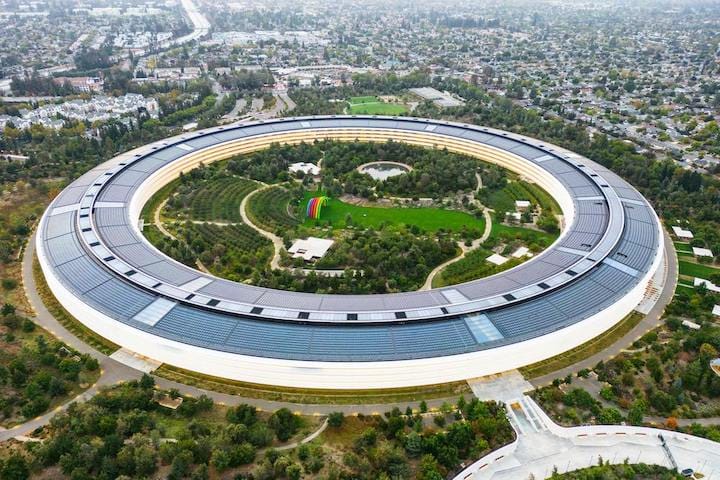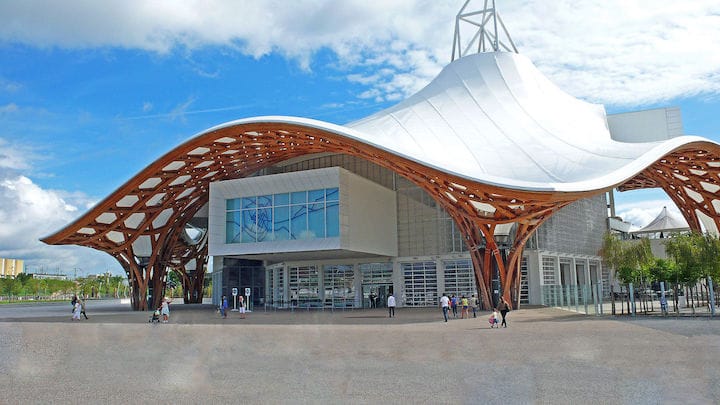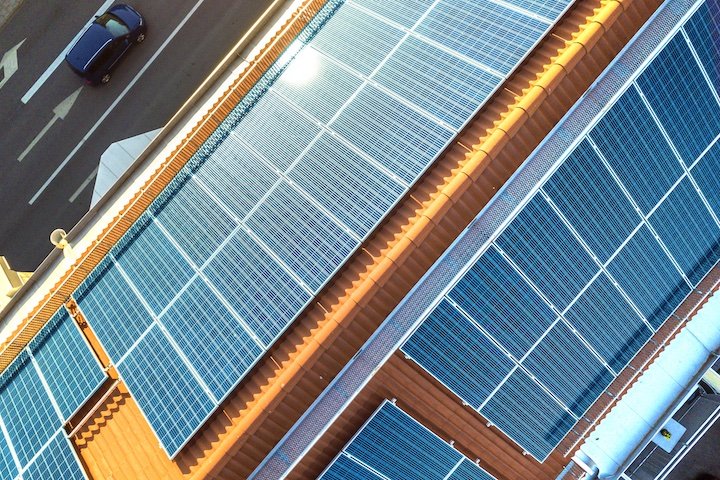Discover how Building-Integrated Photovoltaics (BIPV) revolutionise solar energy by seamlessly integrating solar cells into building materials. Experience the future of sustainable architecture. Imagine a world where your building not only shelters you but also generates its own clean, renewable energy.
This vision becomes reality thanks to Building-Integrated Photovoltaics (BIPV). Unlike traditional solar panels mounted on rooftops, BIPV systems integrate directly into building materials, such as roofs, windows, and facades. This innovative technology provides a more aesthetically pleasing and efficient approach to harnessing solar power.
BIPV systems use photovoltaic cells to convert sunlight into electricity. When sunlight strikes the BIPV-integrated materials, the solar cells generate electricity that powers the building or feeds back into the grid.
These cells integrate into various building materials to enhance energy generation without compromising aesthetics; Such as:
- Glass: Solar cells embed into glass panes, transforming windows into energy-generating surfaces. This integration allows buildings to capture sunlight while maintaining natural light and visibility. It works well for facades and skylights, where the solar cells remain unobtrusive yet functional.
- Metal: Solar cells incorporate into metal roofing materials. This integration enables roofs to serve a dual purpose, acting both as a protective covering and a power source. This approach not only provides energy but also blends with the building’s design, enhancing the overall architectural look.
- Concrete: Solar cells embed into concrete panels, offering a robust and durable energy solution. This method suits large-scale applications, such as exterior walls or pavements, where the concrete withstands environmental conditions while generating power efficiently.
By integrating these cells into diverse materials, BIPV systems offer flexibility in design and application, making it possible to incorporate renewable energy solutions directly into a building’s structure.
BIPV systems adapt to various building types and applications, whether in new constructions or retrofits. They increase property value by appealing to buyers with modern, energy-efficient features. Additionally, BIPV reduces environmental impact by harnessing renewable energy and decreasing dependence on fossil fuels, supporting a cleaner, more sustainable future.
A Few Examples


A Few Challenges
BIPV systems often come with higher installation costs compared to traditional solar panels, but long-term energy savings can offset this initial expense. Shading, orientation, and building materials influence their efficiency, while local regulations and permitting requirements for BIPV installations vary. As technology advances, BIPV systems are expected to become more efficient, affordable, and widely adopted.
Applications
With the growing focus on sustainable building practices and renewable energy, BIPV can significantly impact the future of architecture and energy production. Building-Integrated Photovoltaics offer a promising solution for harnessing solar energy and reducing reliance on fossil fuels.
By integrating solar cells into building materials, BIPV systems provide a sustainable, efficient, and aesthetically pleasing way to generate clean energy. As we move toward a more sustainable future, BIPV technology will play a vital role in shaping a greener and more resilient built environment.




